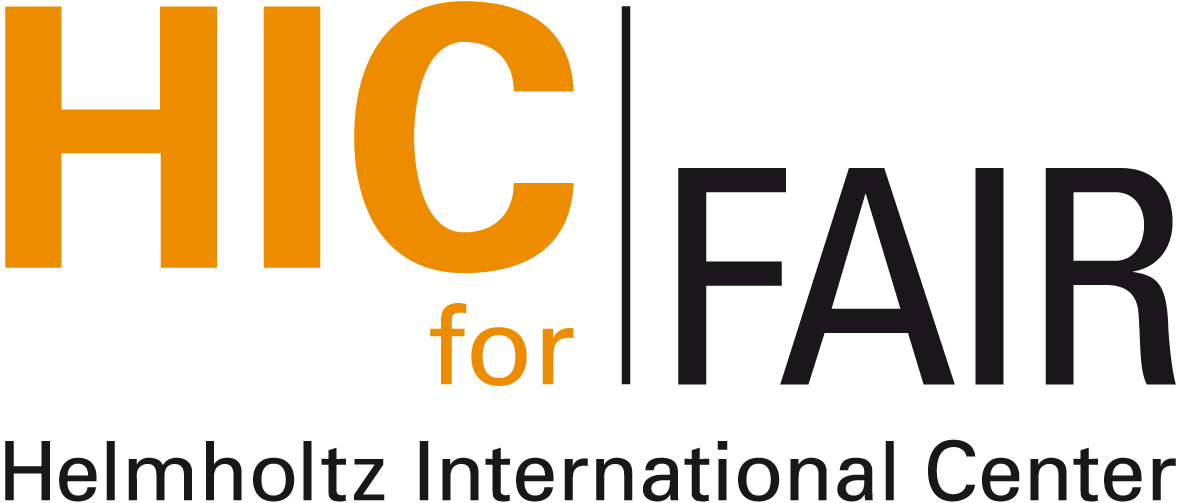\( \newcommand{\dd}{\mathrm{d}} \) \( \DeclareMathOperator{\sign}{sign}
\)
 Nuclear Physics Colloquium
Nuclear Physics Colloquium
Venue: Physics
Building, Max-von-Laue-Str. 1, Seminar Room PHYS 2.116
Time: Thursday, May 04, 4:30pm
(s.t.)
Contact: hees@fias.uni-frankfurt.de
Features of the QCD phase diagram from small, noisy, fluctuating systems
Eduardo Fraga (Universidade Federal do Rio de Janeiro)
Statistical moments of particle
multiplicities in heavy-ion-collision experiments are an important probe
in the exploration of the phase diagram of strongly interacting matter
and, particularly, in the search for the QCD critical endpoint. To
interpret experimental measures of these moments it is necessary to
understand the role of experimental limitations, as well as background
contributions, providing expectations on how critical behavior should be
affected. We here present a framework for calculating moments of particle
multiplicities in the presence of correlations of both critical and
spurious origins. We also include effects from resonance decay and a
limited acceptance window, as well as detector efficiency. Although we
focus on second-order moments, for simplicity, an extension to
higher-order moments is straightforward. We also present a brief
discussion of possibilities to search for a first-order line.
Nuclear
Physics Colloquium Homepage
 Nuclear Physics Colloquium
Nuclear Physics Colloquium Nuclear Physics Colloquium
Nuclear Physics Colloquium